LG G5 Preview
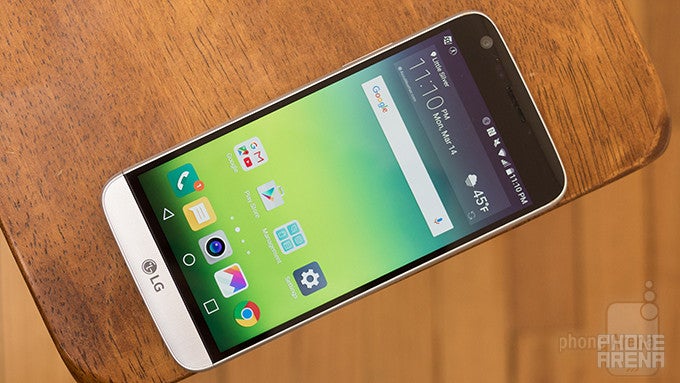
Introduction
Ever South Korea's number two, LG has always been the underdog, ever walking in the shadow of its much larger, cross-town rival Samsung. But it has been putting the left in front of the right, and the right in front of the left, never despairing. It's a tech story of resilience, determination, and unbridled ambition.
Does LG deserve its fate as the runner-up? Perhaps. But it sure is trying its very best to shake Samsung's throne, achieving its ends not through brute force, but sheer ingenuity—the same ingenuity that brought us devices like the LG G2, the G4, and more recently, the V10. And now, with the G5, LG is cementing its position as that quirky phone maker that always seeks to surprise and even entertain.
For example, the LG G5 is the only phone that will literally drop trou for you, exposing its nether regions. This modular design is where the 'entertain' part kicks in, for the removable bottom can accommodate different accessories, such as a specialized camera grip for a more convenient photography experience, or a high-fidelity external audio device for improved sound quality. There are other oddities with the phone too, such as a dual camera setup that is unlike anything else on the market. Add to that the equally quirky LG “Friends”—accessories such as a smart rolling ball robot and a hand-held, 360° camera—and you've got one heck of a colorful entourage.
But at the end of the day, playfulness is the icing on top, and that top needs a solid foundation to warrant a purchase in an increasingly competitive market. We've got a pre-production LG G5 allowing us to take our first stab at that foundation, and get a clue as to how rigid it is.
Design
Plastic is out, metal is in: the G5 opens a new chapter in LG's design history.
For the last three years, LG has had a very clear design philosophy when it comes to its flagship line—and the ones beneath it, which were influenced by it. It's what the company referred to as 'arc' design, or rounded rectangles with a slightly arching top and bottom, and particulars such as rear-mounted power and volume keys, and removable back plates from the G3 onward. With the G5, however, LG is closing that page of its design history and moving on.
Most will agree that the LG G5 is unlike any of its G-series predecessors. It's more aggressively rounded at the sides, smaller, thinner, and while the volume keys have been re-positioned to the left side, it's honestly quirkier than ever. The top of the phone, for example, is slightly flexed backwards, while a circular power key doubles up as a fingerprint scanner on the back, alike to the Nexus 5X. Most importantly, in a world increasingly dominated by metal high-ends, LG finally joins the club and is ditching plastic—even if adorned with leather—in favor of cool aluminum.
By far the most peculiar part about the G5 is, of course, the modular bottom, which can be ejected with a press of a button on the lower left. The removal process itself is well thought-out, though once the module is out, we're always afraid that we're about to snap the 2,800mAh battery in half when trying to detach it from the base, due to the amount of force required. This being an early production unit, we're kind of hoping that final G5s hitting the street won't have that problem, though if we're being honest, you won't have to deal with this often anyway.
All said, does the G5 fill in the G4's leather shoes? We'd argue it does, and as cliched as it may sound, the metal make and the subtle chrome lining of the frame sure help with that. So we dig the vibe of the phone, though the matte back is, naturally, on the slippery side. Meanwhile, the aforementioned chrome edge also digs into the hand a little bit. In the end, we applaud the minimalist approach this time around, but at the same time, we can't pretend that we're head over heels in love with the G5's styling either. It's kind of an acquired taste.
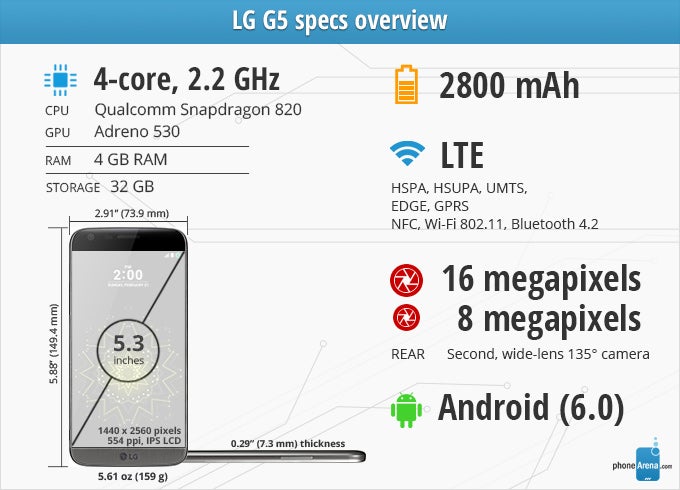
Display
A smaller display, but the same Quad HD resolution of old.
LG was the first to jump onto the Quad HD bandwagon, but thankfully, it has seen no reason to chase even more resolution with the G5. The 1440 x 2560 pixel resolution of old is what we're dealing with, though all that visual excess is now less evident than ever before, with the company going for a more manageable, 5.3-inch display—in contrast to the 5.5-inch panels of its last two flagships. To protect the screen, LG is making use of what it calls a 3D Arc Glass, which we surmise is a custom cover, and not a third-party solution such as Corning's Gorilla Glass.
This being a pre-production unit and all, we're refraining from running our scientific measurements, though we do hope that the screen of the final unit isn't as cold—or bluish-looking—as this. That said, at least in terms of visibility, the screen is bright enough to be made out even under direct sunlight, and can drop its brightness to decently low levels for the night owls among us.
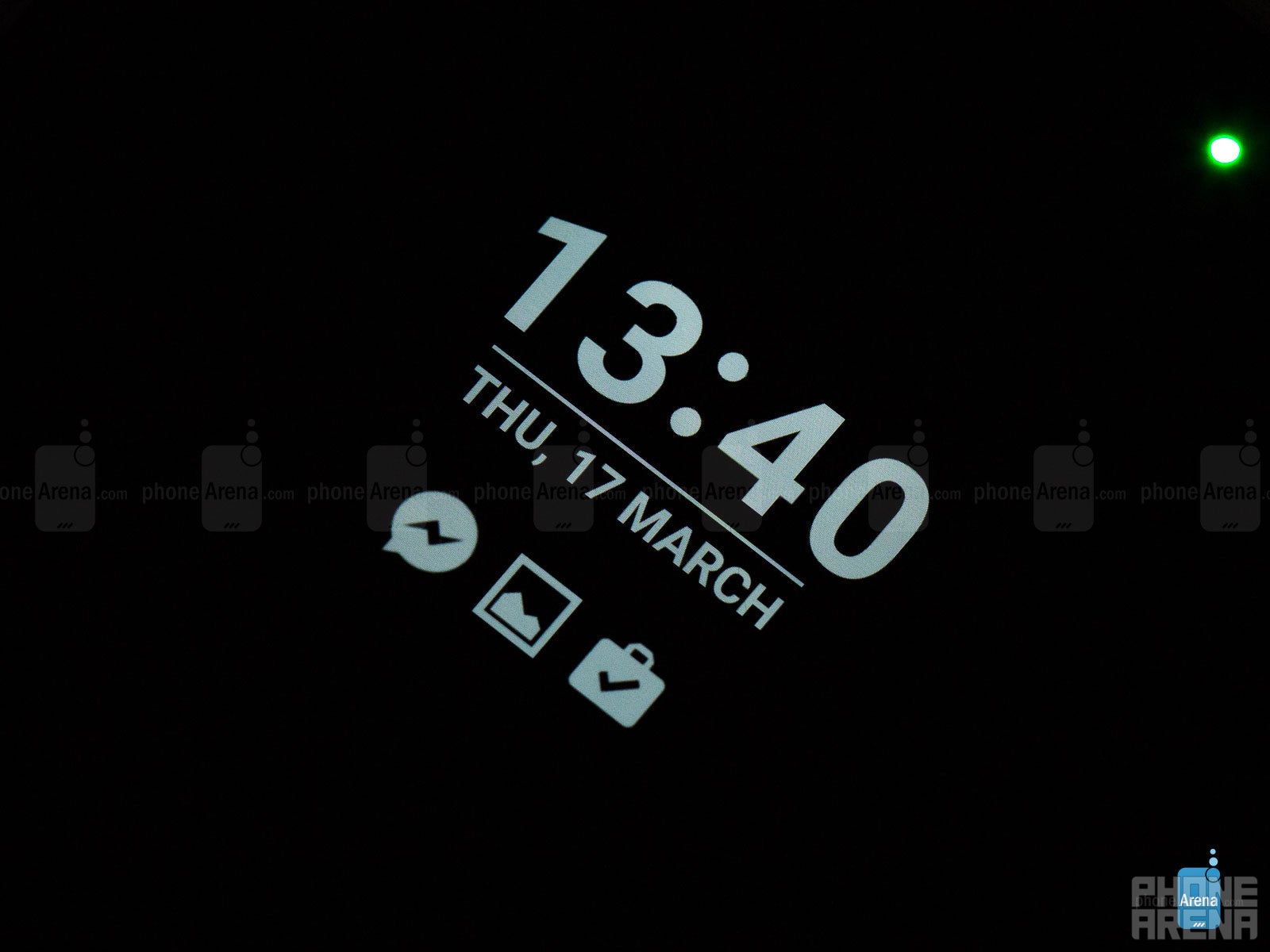
Always On Display
Interface and functionality
Finally! LG dumps the 'rainbow' approach to UI styling and settles on something more minimalist.
With the LG G4 having recently moved to the latest, Android 6 Marshmallow base, most would expect a similar-looking UI with the G5, which runs on the same build. Thankfully, that's not the case, and we say thankfully, because we've never been big fans of the styling with older LG devices.
With the G5, however, we're starting to see some positive change, with fewer eye-catchy colors, and a mostly black and white theme. Honestly, after so many years of outright cartoonish designs, we're finally happy to see a more dignified, mature approach to LG's UI.
Styling is far from the only thing that's changed, however. For example, a staple such as Dual window (run two apps side-by-side) has been retired with the G5, likely because of the smaller screen. Also new is the largely redundant Recently Uninstalled apps app, which gives you 24 hours to restore titles you've gotten rid of, while LG Health has received a visual and functional overhaul.
Finally, this the first G-series flagship to integrate a fingerprint (and can we get a Hallelujah!) with the rear-mounted power button, and we're happy to see that it's mostly reliable. You don't have to wake the screen first in order to authenticate, and can hide sensitive photos and notes behind it. On the downside, we've grown a bit dismissive towards scanners located at the back, as they're just not that comfortable when you consider how often your phone will be lying on a table.
Phone
When it comes to basic phone functionality, the LG G5 sticks to the basics established by the G4. Save for a slight visual update, the app is identical to what we had with its predecessor, though there's no longer a dedicated 'Favorites' tab. We tend to use it so that's a pity.
Messaging
The core Messaging app on the G5 is pretty basic, but we doubt you'd want it any other way. The standard package, including spam filters, pre-made quick replies, and scheduled dispatch, is therefore available. The only extra here worth talking about are the themes available, which let you customize the look of the background and the shape and design of message bubbles.
Calendar
The Calendar app on the G5 is actually quite powerful, especially for a built-in solution. Sure, the basics such as the ability to change the view to Agenda, Month, or Week are there, and that's not exciting, but the Event Pocket feature sure is.
Event Pocket essentially hooks up to apps outside of the Calendar, such as Facebook and the built-in Tasks app, and lets you easily add upcoming events or pending chores to your weekly agenda through a simple drag-and-drop. And if you're feeling adventurous, you can use the location service and get points of interest suggestions based on your area.
Processor and memory
All is well.
LG's track record with the type of silicon it ends up putting in its flagships isn't splendid by any means. With the G3, that meant an otherwise competent Snapdragon 801 having to address the many, many pixels of its Quad HD screen, while the G4 was confined to the more powerful, but still second-best Snapdragon 808, and all that it entails.
With the G5, however, LG is ready to start clean, and is making use of the top-shelf quad-core Snapdragon 820. Qualcomm promises that the 64-bit, custom Kryo cores in the new chip are twice as powerful as the ones found in the 810, and the Adreno 530 GPU brings some 40% improvements in graphics performance. Add 4GB of last-gen LPDDR4 RAM, and the package is seemingly complete, at least on paper.
Thankfully, in our experience, these numbers add up to a meaningful improvement in user input speeds and general responsiveness. Honestly, while we won't go as far as to claim that the LG G4 was exactly sluggish, it did hiccup here and there and lost its pacing more often than a trained and exacting eye has a tolerance for. So we're pretty happy to see the G5 running lean and mean, with smooth and timely execution of most essential operations.
Finally, the G5 continues LG's legacy of always thinking about the power users in the crowd, and offers expandable storage through microSD. On top of the base, 32GB storage, pretty much everyone buying into the new flagship ought to have sufficient room to breathe, whether trigger-happy, or just way into mobile gaming.
Internet and connectivity
USB Type-C is a double-edged sword. We love the convenience, but keep ending up without a compatible charging cable.
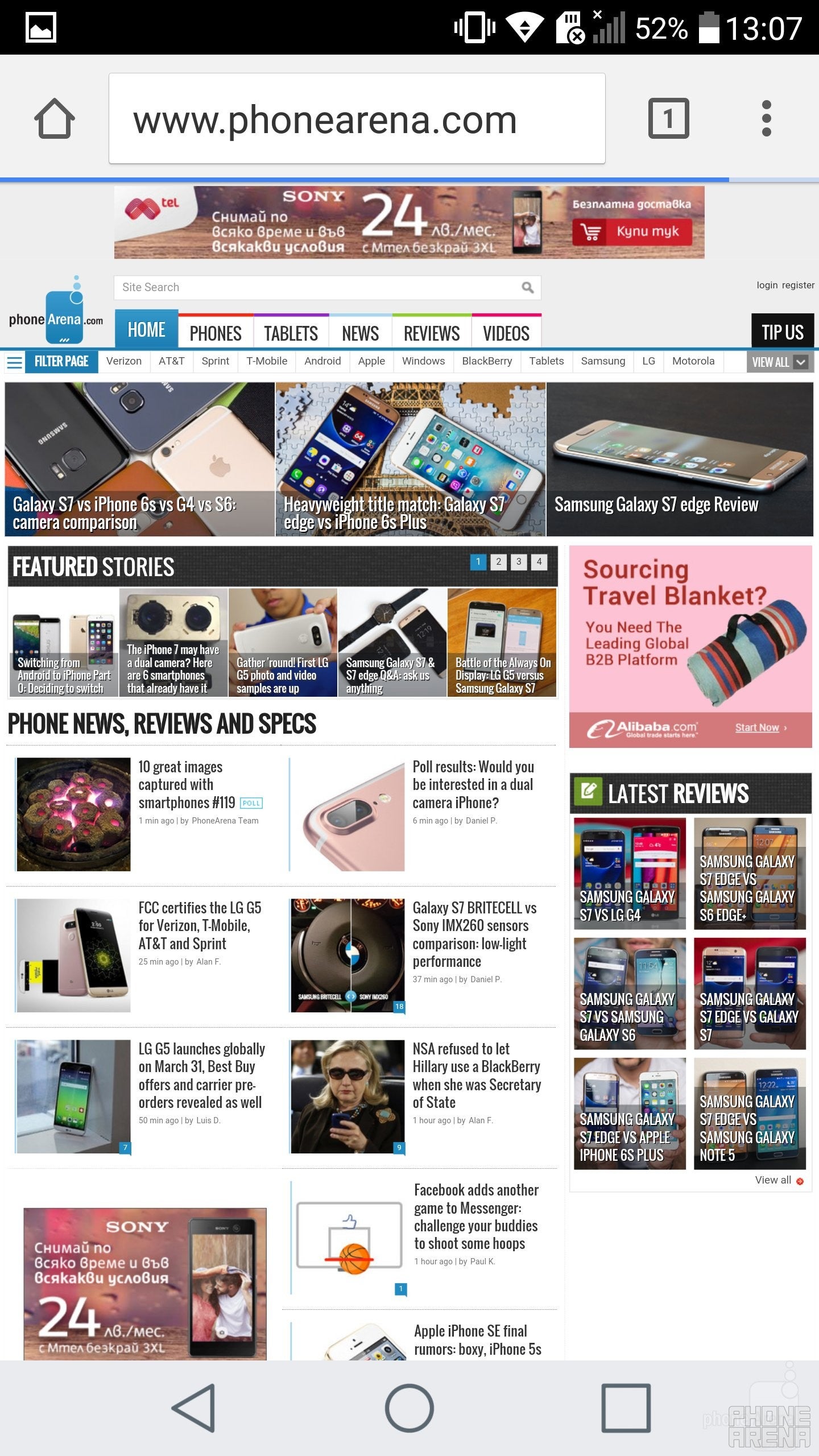
Browsing on the LG G5
On the connectivity front, the G5 is rock solid. There's dual-band Wi-Fi, support for the newer Bluetooth 4.2 standard, NFC, reversible USB Type-C, and even an infrared blaster—a scarce commodity these days. Do keep in mind that if you're planning on upgrading from an older G-series flagship, you'll need a nano-SIM card.
Finally, as mentioned earlier, the G5 doesn't arrive alone on the scene. Its colorful entourage of separately-purchasable accessories includes a smart, remote-controlled rolling ball with a camera, an integrated laser to entertain your cat, and even a speaker. A hand-held camera that is capable of taking 360-degree, panoramic photos is also on its way to the market, not to mention a virtual reality headset.
Camera
The wide-angled camera is actually useful!
If you've ever played around with the dual, front-facing camera config of the LG V10, you'll know what to expect from the G5's equally offbeat duo setup at the back. Put simply, the camera software of the phone lets you switch between the two sensors with a single tap, the idea being that you'd use the two cameras for different compositions. So there's the main, 1/2.6” 16-megapixel camera, with rather smallish, 1.12μm pixels, but wide, f/1.8 lens and optical stabilization—the same package available with the G4. But in addition, you're getting an extra, 8-megapixel unit with extremely wide field of view—135°, or more than that of the human eye.
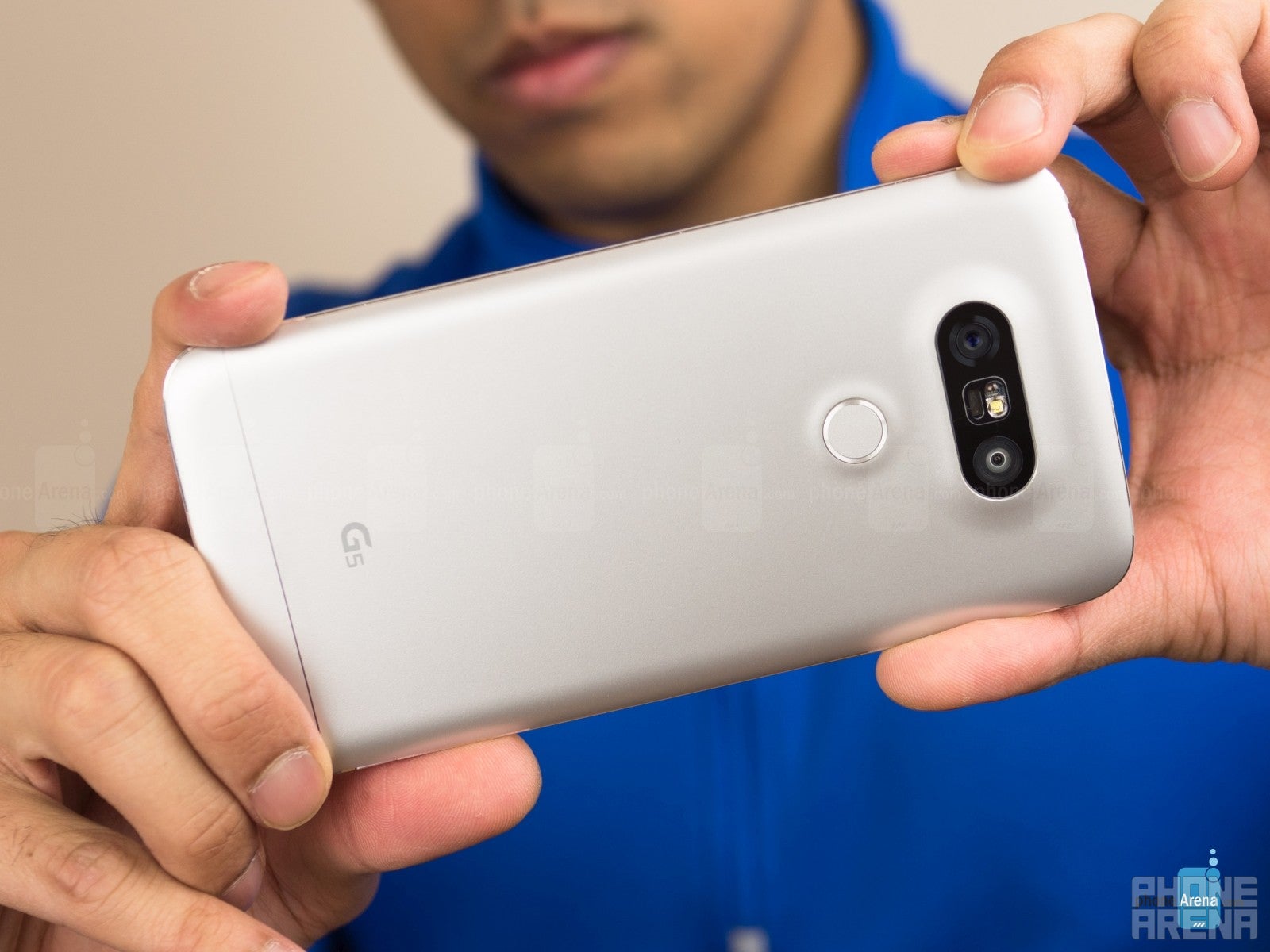
If you consider yourself a photography buff, you might want to consider the LG CAM Plus accessory, which is a bulky (but mostly comfortable) physical attachment that fits into the modular bottom of the phone. It carries its own, 1,200mAh cell, and offers physical controls and jog dials, making the process of taking a photo or video a bit easier.
Up front, we're still dealing with an 8-megapixel selfie snapper, which we'd bet is unchanged from the G4 hardware-wise, just like the main snapper at the back.
On the software side, the camera interface of the G5 differs slightly from what was offered with the G4 and V10. For starters, the iconography has been changed so that all switches and such are only outlines, giving the impression of simplicity. Don't judge this particular book by its cover, however, for the G5 is a very competent cameraphone, with a comprehensive manual mode for when you want to get pissy about camera variables. On top of that, special shooting modes like Snap (Vine-like video capture mode where you can pause/start for up to a minute) and Popout (layers a shot from the main camera on top of a slightly transparent background from the wide-angled one) add some intrigue to the experience.
Finally, the G5 delivers in video. There's support for up to 4K UHD video capture, along with slow-motion video, and time-lapse. Also available are a number of film filters that actually look promising for budding videographers, but they also beg the question why LG ditched the manual video mode from the V10. Whatever the reason, in all, we're not exactly getting worked up over this.
Multimedia
Loudspeaker has definitely been improved.
The built-in Gallery of the LG G5 remains as potent as ever, and even builds on top of what the version available with the G4 brought to the table. There's now a special view allowing you to sort your creations by shooting mode, so you can easily find your specials if you need them for some reason. Like before, photo editing is relayed to the Google Photos app, which is a good thing seeing how powerful it has grown.
As for the video player, it's now stronger than ever, with an impressively comprehensive editing mode that lets you trim, speed up or slow down footage, or add artistic visual filters and even some pre-loaded music. For a built-in app, that's quite the feat.
Onto audio, the loudspeaker on the bottom is pretty powerful, and while we won't get into the nitty-gritty of it, it does strike us as an improvement, as even a listen in passing is enough to discover that the issue with the 'boxy' sound coming out of its predecessor's speaker is alleviated.
Speaking of audio, the LG Hi-Fi Plus module is worth mentioning. Created by Bang & Olufsen, this add-on comes in a black matte and adds character to the G5. More importantly, however, it has its own, higher-quality DAC which allows the user to enjoy audiophile-grade high-resolution audio through its 3.5mm output, provided they actually have such content. Almost all streaming services right now offer compressed, standard-quality audio that won't benefit from the DAC module's capabilities.
Expectations
For dozens of reasons, predicting how well a smartphone will sell is, at best, about educated guesses. We've spent a lot of time so far talking about the G5 and what it's all about on its own, but you have to keep in mind that while it's at the core of LG's strategy, it isn't alone in the fight for customers' hard-earned cash. Throughout MWC and the weeks after, LG has been trying to stress how its ambition is to make smartphones fun again, and ignite playfulness.
How do you do that, though? Well, if you asked LG, the “Friends” accessories and the (so far) two extra G5 modules would be the answer. It's an interesting strategy, but not one we haven't seen before, at least not at its core. And though it may seem like a smart move to at least partially hedge its bets with these, the success of the G5 will still be critical to LG's fortunes going into the second half of 2016.
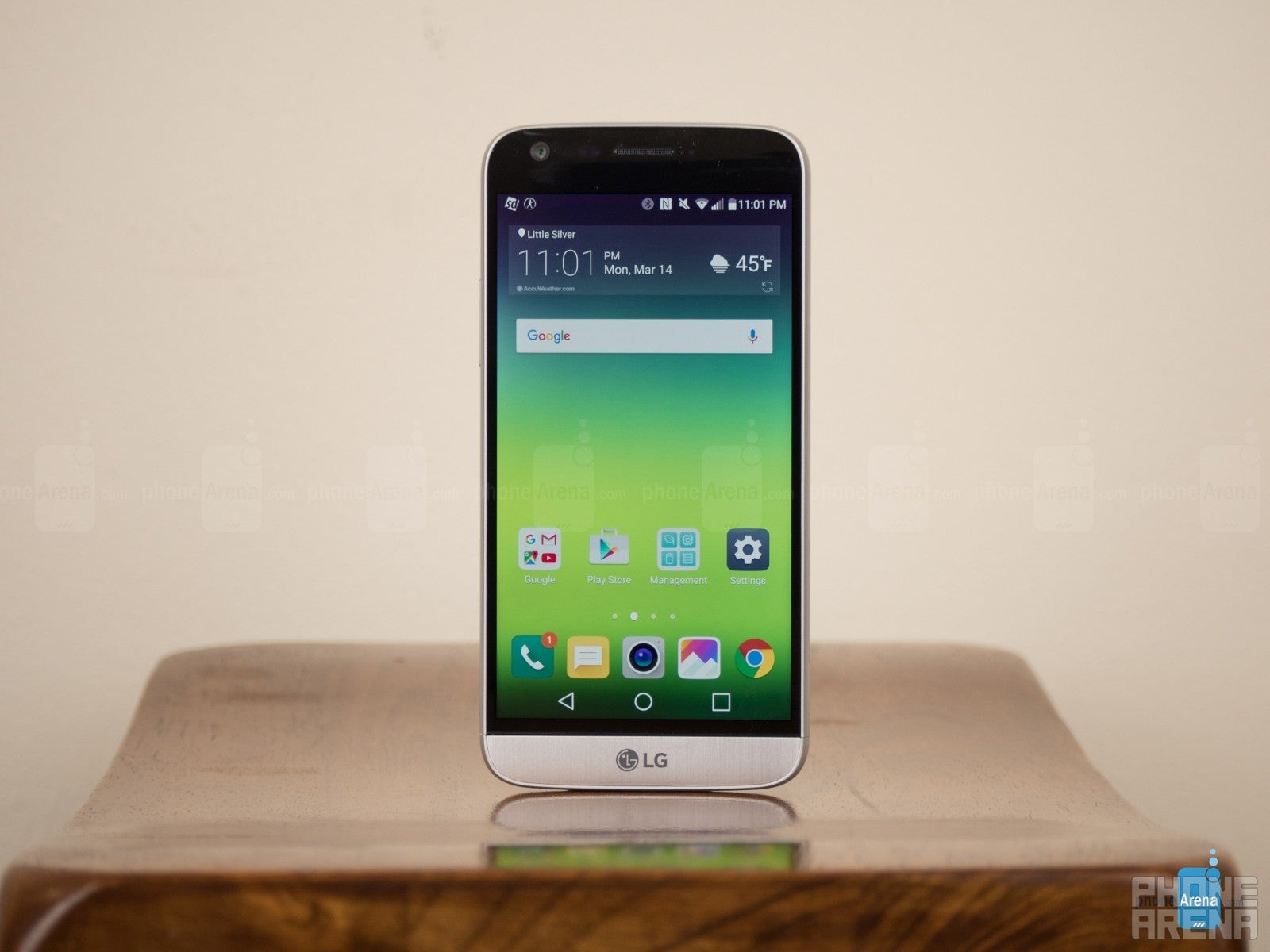

Follow us on Google News














Things that are NOT allowed:
To help keep our community safe and free from spam, we apply temporary limits to newly created accounts: